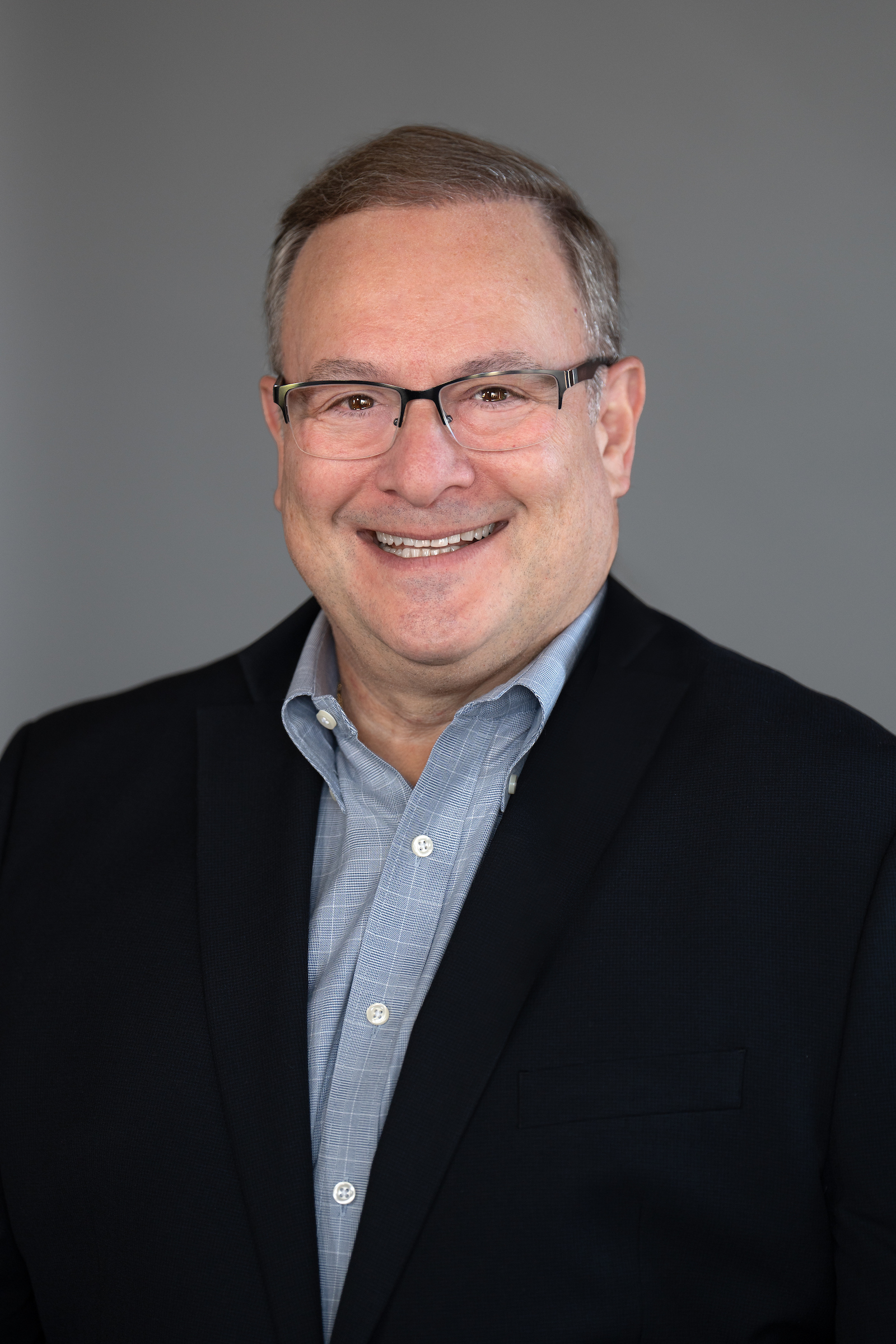
Harnessing AI and data analytics to improve life for older adults
An information systems professor partners with Executive Education to bring AI-driven innovation to the senior living industry.
More than 800,000 older adults in the U.S. live in senior living communities, and the demand for senior housing is expected to grow significantly in the next 10 years, according to a Wells Fargo report. As more older adults and their families pursue senior living communities for housing, community management companies and technology providers are leveraging data analytics, artificial intelligence (AI), and other emerging technologies to meet growing demands. Such innovations enable improved internal operations, operating profits, real estate asset valuations, and quality of life for residents.
"AI is impacting senior living in various ways, from harnessing data science and business analytics to reduce costs and improve operational efficiencies, to creating better care outcomes for residents," says Assistant Teaching Professor of Information Systems Jeffery Baum.

Baum has over two decades of experience in technology development and management consulting, and he recently partnered with W. P. Carey Executive Education to create a course for senior living leaders to obtain the knowledge and tools to help them succeed in an increasingly data and technology-rich operations landscape. The course will be geared towards senior living management company corporate executives, ownership groups, and community-level executive directors looking to upskill their operational capabilities and to implement emerging technologies into their organizations. It will include how data analytics and AI can be leveraged for cost reduction, profit maximization, operations excellence, risk mitigation, and workforce management.
Baum explains that most senior living executive directors have been promoted from within their companies, predominantly from the sales, health and wellness, or activities programming functional silos. They often have no formal business education, and there is a lack of management talent from other industries that could bring outside best practices and innovation into this "closed system." An Executive Education course could help these employees learn and apply new skills vital to their rapidly evolving industry, without the commitment of a full degree program.
"These employees manage a staff of directors that oversee all of the functional departments in a community, including dining services, health and wellness, activities programming, maintenance and housekeeping, and more," says Baum. "As the industry becomes more complex with the proliferation of data assets and the possibilities offered by AI-powered systems, this course can help senior living professionals learn to improve their operations, enable better outcomes for staff and residents, optimize the allocation of marketing and sales resources, and increase valuations for both existing communities and new-build project ventures."
Baum hopes to eventually transition the Executive Education offering into a certificate program, followed by ongoing development of a major for degree programs.
"Ultimately, this could be a bonafide focus area to attract and develop our most talented students to be the future leaders of this ever-increasingly essential industry," says Baum.
Baum has already helped place three W. P. Carey graduate students with employment opportunities in senior living management companies and technology vendors. He predicts that such data analytics, machine learning, and AI specialists will first enable senior living facility administrators to implement data science and business analytics capabilities to improve operational efficiencies, with the next step focusing on the deployment of AI-based platforms that can improve residents' daily lives. Many facilities have multiple levels of care — independent living, assisted living, memory care, and skilled nursing — to accommodate residents' continuum of care needs. One way data analytics can improve the quality of care and reduce operating costs for a facility is by utilizing caregiver response time and resident call volume data to optimize staffing levels to meet hourly care demands.
"If AI models and algorithms can monitor the number of calls per hour that the facility is getting from residents, organizations can learn to predict and schedule the number of staff needed each hour of the day to provide the desired service-level quality," says Baum. "Although resident census levels and the aggregate acuity of the population may change monthly, a properly trained model, paired with existing caregiver call system data sources, will be able to provide the insights needed for optimal care team staffing levels twenty-four hours a day."
Emerging technologies can potentially improve older adults' quality of life on a broad scale, including helping older adults with mild cognitive impairments articulate their needs. Applications like ChatGPT and Google can already predict a user's question by being prompted with several keywords, and by building custom-trained large language model (LLM) technology into hearing aids and wearable devices used to contact caregivers, AI can improve resident communication. If a family member or caregiver is not available to accompany an older adult to a doctor's appointment, an AI-powered device or smartphone app can listen to and summarize the appointment's contents and capture a health care provider's recommended treatment plan. This AI-generated synopsis can later be reviewed by family members and the senior living community's health and wellness team.
Technology companies like Inspiren, Butlr, and Foresite Healthcare have begun partnering with senior living providers to implement sensor-based systems in resident apartments. These platforms can monitor a resident's gait and balance, learn a person's baseline mobility "signature," and anticipate and mitigate falls. Senior living facilities can also use such technology to remotely monitor select vital signs of residents and to perform virtual rounding that alerts caregivers to any unusual behavior — like unexpected bed exits in the middle of the night — and can be used to preempt falls or other adverse incidents.
AI-based systems can also track who is coming in and out of the room — whether it's caregivers, medication technicians, wellness nurses, or maintenance and housekeeping employees — to ensure they're thoroughly executing residents' care plans.
"AI can help reconcile the service plans that are supposed to be provided for residents' activities of daily living, in a planned versus actual manner," says Baum. "It can help identify what caregivers are doing in each resident's apartment, how much time they spend on these activities, and whether the facility has sufficient staffing to deliver the care services promised to the entire population served. It can help determine the appropriate level of care more accurately for each resident, which translates into how much the facility charges monthly for care, while also increasing resident safety and quality of life."
Another major component to be incorporated into Baum's Executive Education offering is the real estate investment dynamics involved in this rapidly growing industry, something the business school is poised to address with a recent $25 million gift from the W. P. Carey Foundation. The gift will bolster real estate education through a new undergraduate real estate degree program, introducing an experiential learning lab devoted to real estate and elevating the W. P. Carey Center for Real Estate and Finance through naming and expansion.
Baum looks forward to participating in an upcoming panel discussion titled "Using Data and AI to Advance Senior Living" during the American Seniors Housing Association's annual meeting this January. He will have several new case studies on hand that support how data science and business analytics can improve industry performance through operations excellence, enhanced sales and marketing, and improved care outcomes.
"From operations management efficiency to real estate investment optimization, ASU can play a big role in this industry," says Baum.
Baum's Executive Education course will be available in fall 2025. Learn more about Executive Education and its courses.
Latest news
- W. P. Carey alum Paridhi Saboo found passion for analytics and real estate during undergraduate journey
Thanks to the many opportunities available to students at W. P.
- P&Q perspectives: Entrepreneurship and the MBA
How are MBA programs preparing the next generation of founders? Explore how W. P.
- American customers are madder than everIn a world where buying takes a click, fixing a problem can feel like a marathon, according to consu